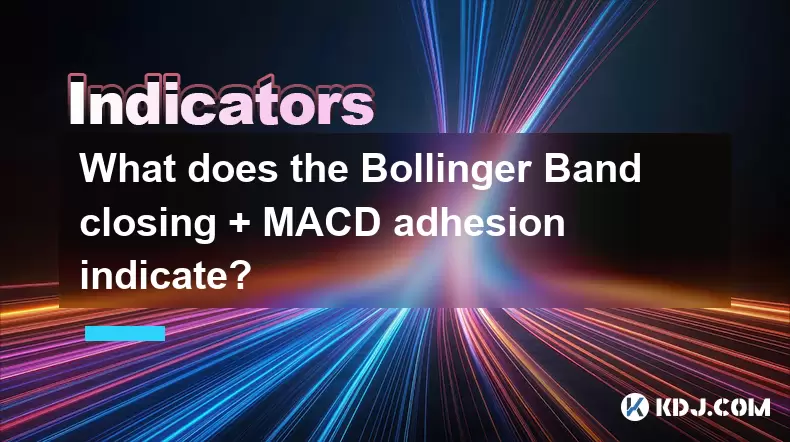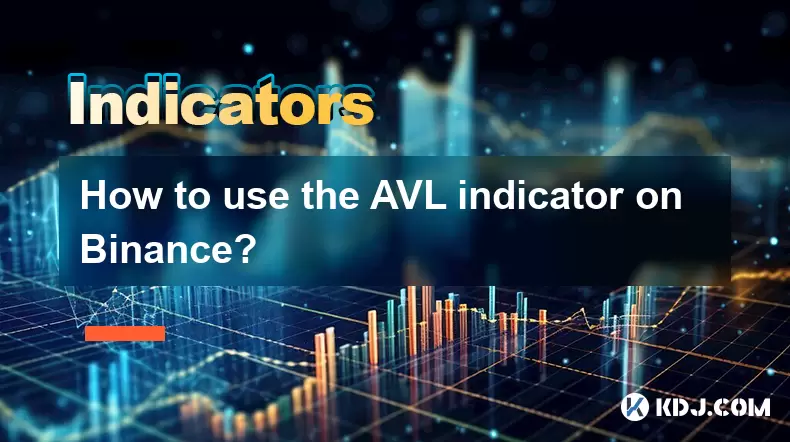-
 Bitcoin
Bitcoin $117700
-0.03% -
 Ethereum
Ethereum $3805
0.49% -
 XRP
XRP $3.098
-1.00% -
 Tether USDt
Tether USDt $1.000
0.03% -
 BNB
BNB $792.8
-1.72% -
 Solana
Solana $177.9
-1.95% -
 USDC
USDC $1.000
0.02% -
 Dogecoin
Dogecoin $0.2202
-1.55% -
 TRON
TRON $0.3278
-2.92% -
 Cardano
Cardano $0.7641
-2.43% -
 Hyperliquid
Hyperliquid $42.21
-2.68% -
 Sui
Sui $3.758
-1.58% -
 Stellar
Stellar $0.4080
-3.21% -
 Chainlink
Chainlink $17.75
-0.33% -
 Bitcoin Cash
Bitcoin Cash $591.8
4.96% -
 Hedera
Hedera $0.2561
-3.09% -
 Avalanche
Avalanche $23.34
-4.24% -
 Litecoin
Litecoin $110.7
1.96% -
 UNUS SED LEO
UNUS SED LEO $8.956
-0.01% -
 Toncoin
Toncoin $3.410
0.79% -
 Ethena USDe
Ethena USDe $1.001
0.03% -
 Shiba Inu
Shiba Inu $0.00001288
-1.82% -
 Uniswap
Uniswap $10.07
-2.06% -
 Polkadot
Polkadot $3.807
-2.27% -
 Monero
Monero $308.2
-2.15% -
 Dai
Dai $1.000
0.03% -
 Bitget Token
Bitget Token $4.521
-0.30% -
 Pepe
Pepe $0.00001134
-1.52% -
 Cronos
Cronos $0.1457
0.65% -
 Aave
Aave $274.9
-2.47%
What does the Bollinger Band closing + MACD adhesion indicate?
A Bollinger Band closing combined with MACD adhesion can signal potential trend weakness or reversal, especially when confirmed by volume and context.
Jun 20, 2025 at 08:00 pm

Understanding the Bollinger Band Closing
The Bollinger Band closing refers to a situation where the price of an asset, such as a cryptocurrency, closes either above the upper band or below the lower band of the Bollinger Bands indicator. This indicator consists of three lines: a simple moving average (SMA) in the center, with two standard deviation bands above and below it.
When the price touches or closes outside the upper Bollinger Band, it is often interpreted as a sign of overbought conditions. Conversely, a close below the lower band may indicate oversold conditions. However, these signals should not be taken in isolation because strong trends can persist even when prices are at extreme levels. The Bollinger Band closing becomes more significant when combined with other indicators like volume or momentum oscillators.
Decoding the MACD Adhesion Concept
The term MACD adhesion typically refers to a scenario where the MACD line (Moving Average Convergence Divergence) moves closely alongside the signal line, indicating low momentum or a potential consolidation phase. The MACD is calculated by subtracting the 26-period exponential moving average (EMA) from the 12-period EMA, while the signal line is usually a 9-period EMA of the MACD line itself.
In situations where the MACD line "sticks" or adheres closely to the signal line, it suggests that the market lacks strong directional movement. This condition might precede a breakout or breakdown, depending on the broader context. Traders pay attention to this MACD adhesion as it may signal a period of indecision among market participants, especially in volatile crypto markets where sudden swings are common.
Combining Bollinger Band Closing with MACD Adhesion
When a Bollinger Band closing coincides with MACD adhesion, it creates a potentially powerful confluence of technical signals. For example, if Bitcoin’s price closes above the upper Bollinger Band but the MACD line remains stuck near its signal line, this could imply that despite the upward move, there is little underlying momentum supporting the rise.
This divergence may suggest that the rally is losing steam and could soon reverse. Similarly, a price closing below the lower Bollinger Band with flat MACD activity could indicate a lack of selling pressure, possibly signaling a short-term bottom. In both cases, traders should look for confirmation through candlestick patterns or volume surges before making decisions.
Practical Interpretation in Crypto Trading
To practically interpret these signals in cryptocurrency trading:
- Monitor the price action relative to the Bollinger Bands regularly.
- Observe whether the price has closed beyond the upper or lower band.
- Simultaneously track the MACD indicator for signs of adhesion between the MACD line and the signal line.
- Evaluate the histogram to see if it's shrinking or expanding, which reflects momentum changes.
- Cross-reference with volume data; increased volume during a Bollinger Band touch can reinforce the signal.
- Use timeframes effectively—shorter timeframes may show frequent band touches, while longer timeframes provide stronger context.
Traders often use multiple timeframes to confirm the validity of the Bollinger Band closing + MACD adhesion setup. For instance, a daily chart showing a Bollinger Band close with MACD adhesion may be more meaningful than a similar setup on a 1-hour chart.
Common Pitfalls and Misinterpretations
One of the most common pitfalls when interpreting the Bollinger Band closing + MACD adhesion is assuming that a band touch automatically means a reversal. In trending markets, especially in cryptocurrencies, prices can ride the bands for extended periods. Relying solely on this signal without considering the broader trend or momentum can lead to premature trades.
Another mistake is ignoring the importance of volume. A Bollinger Band closing accompanied by high volume might indicate strong conviction behind the move, whereas low volume could point to weakness. Similarly, MACD adhesion in isolation isn’t always reliable—it needs to be analyzed within the context of recent price behavior and trend strength.
Additionally, some traders misinterpret MACD adhesion as a sign of imminent reversal, when in fact it might simply reflect a pause in the trend rather than a reversal. Properly identifying support and resistance levels around the time of these signals can help avoid false conclusions.
Frequently Asked Questions
Q: Can Bollinger Band closings be used alone for trading decisions?
While Bollinger Band closings offer valuable insights into overbought or oversold conditions, they should not be used in isolation. Combining them with other tools like the MACD, volume analysis, or support/resistance levels provides a more comprehensive view.
Q: How does MACD adhesion differ from a traditional MACD crossover?
MACD adhesion indicates minimal separation between the MACD line and signal line, reflecting weak momentum. A traditional crossover occurs when the MACD line crosses above or below the signal line, signaling a potential change in trend direction and stronger momentum.
Q: Are Bollinger Band closings more relevant in certain market conditions?
Yes, Bollinger Band closings tend to be more informative in sideways or consolidating markets. In strongly trending environments, prices can remain at band extremes for long durations without immediate reversals.
Q: What timeframe is best suited for analyzing Bollinger Band closing and MACD adhesion together?
Intermediate timeframes like 4-hour or daily charts are ideal for capturing meaningful Bollinger Band closing + MACD adhesion setups. Shorter timeframes may generate too many false signals, while weekly charts may miss timely entries.
Disclaimer:info@kdj.com
The information provided is not trading advice. kdj.com does not assume any responsibility for any investments made based on the information provided in this article. Cryptocurrencies are highly volatile and it is highly recommended that you invest with caution after thorough research!
If you believe that the content used on this website infringes your copyright, please contact us immediately (info@kdj.com) and we will delete it promptly.
- Cold Wallet vs. MetaMask: A Crypto Wallet Revolution?
- 2025-07-31 10:30:57
- Bitcoin Casinos in 2025: Instant Payouts and Welcome Bonuses
- 2025-07-31 10:50:33
- Meme Coins in 2025: Token Burns and the Quest for Moonshots
- 2025-07-31 10:50:33
- Unlocking Value: A Deep Dive into Random Year 1 oz Krugerrand Gold Coins
- 2025-07-31 10:57:21
- LYNO Token Presale: AI Arbitrage Revolution in DeFi
- 2025-07-31 05:11:11
- Pepecoin Successors: Can These Cryptocurrencies Make You a Millionaire?
- 2025-07-31 05:50:12
Related knowledge

How to use the AVL indicator to confirm a trend?
Jul 31,2025 at 10:25am
Understanding the AVL Indicator and Its ComponentsThe AVL indicator, also known as the Accumulation Volume Line, is a technical analysis tool that com...

How does volume affect the AVL indicator?
Jul 31,2025 at 11:23am
Understanding the AVL Indicator and Its Core ComponentsThe AVL indicator, short for Accumulation Volume Line, is a technical analysis tool used primar...

How to use the AVL indicator with MACD for better signals?
Jul 31,2025 at 09:22am
Understanding the AVL Indicator and Its Role in Cryptocurrency TradingThe AVL indicator, also known as the Accumulation Volume Line, is a volume-based...

How to identify sell signals with the AVL indicator?
Jul 31,2025 at 07:09am
Understanding the AVL Indicator and Its Core ComponentsThe AVL indicator, also known as the Accumulation Volume Line, is a volume-based technical anal...

How to use the AVL indicator on Binance?
Jul 31,2025 at 12:22pm
Understanding the AVL Indicator and Its Relevance on BinanceThe AVL indicator, also known as the Accumulation Volume Line, is a technical analysis too...

What are the best settings for the AVL indicator?
Jul 31,2025 at 10:04am
Understanding the AVL Indicator and Its PurposeThe AVL indicator, also known as the Accumulation Volume Line, is a technical analysis tool used in the...

How to use the AVL indicator to confirm a trend?
Jul 31,2025 at 10:25am
Understanding the AVL Indicator and Its ComponentsThe AVL indicator, also known as the Accumulation Volume Line, is a technical analysis tool that com...

How does volume affect the AVL indicator?
Jul 31,2025 at 11:23am
Understanding the AVL Indicator and Its Core ComponentsThe AVL indicator, short for Accumulation Volume Line, is a technical analysis tool used primar...

How to use the AVL indicator with MACD for better signals?
Jul 31,2025 at 09:22am
Understanding the AVL Indicator and Its Role in Cryptocurrency TradingThe AVL indicator, also known as the Accumulation Volume Line, is a volume-based...

How to identify sell signals with the AVL indicator?
Jul 31,2025 at 07:09am
Understanding the AVL Indicator and Its Core ComponentsThe AVL indicator, also known as the Accumulation Volume Line, is a volume-based technical anal...

How to use the AVL indicator on Binance?
Jul 31,2025 at 12:22pm
Understanding the AVL Indicator and Its Relevance on BinanceThe AVL indicator, also known as the Accumulation Volume Line, is a technical analysis too...

What are the best settings for the AVL indicator?
Jul 31,2025 at 10:04am
Understanding the AVL Indicator and Its PurposeThe AVL indicator, also known as the Accumulation Volume Line, is a technical analysis tool used in the...
See all articles

























































































